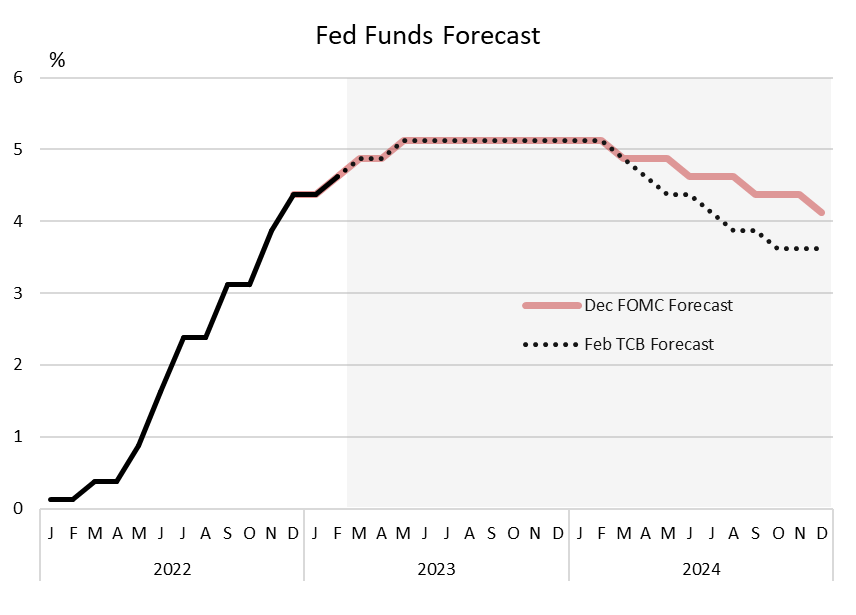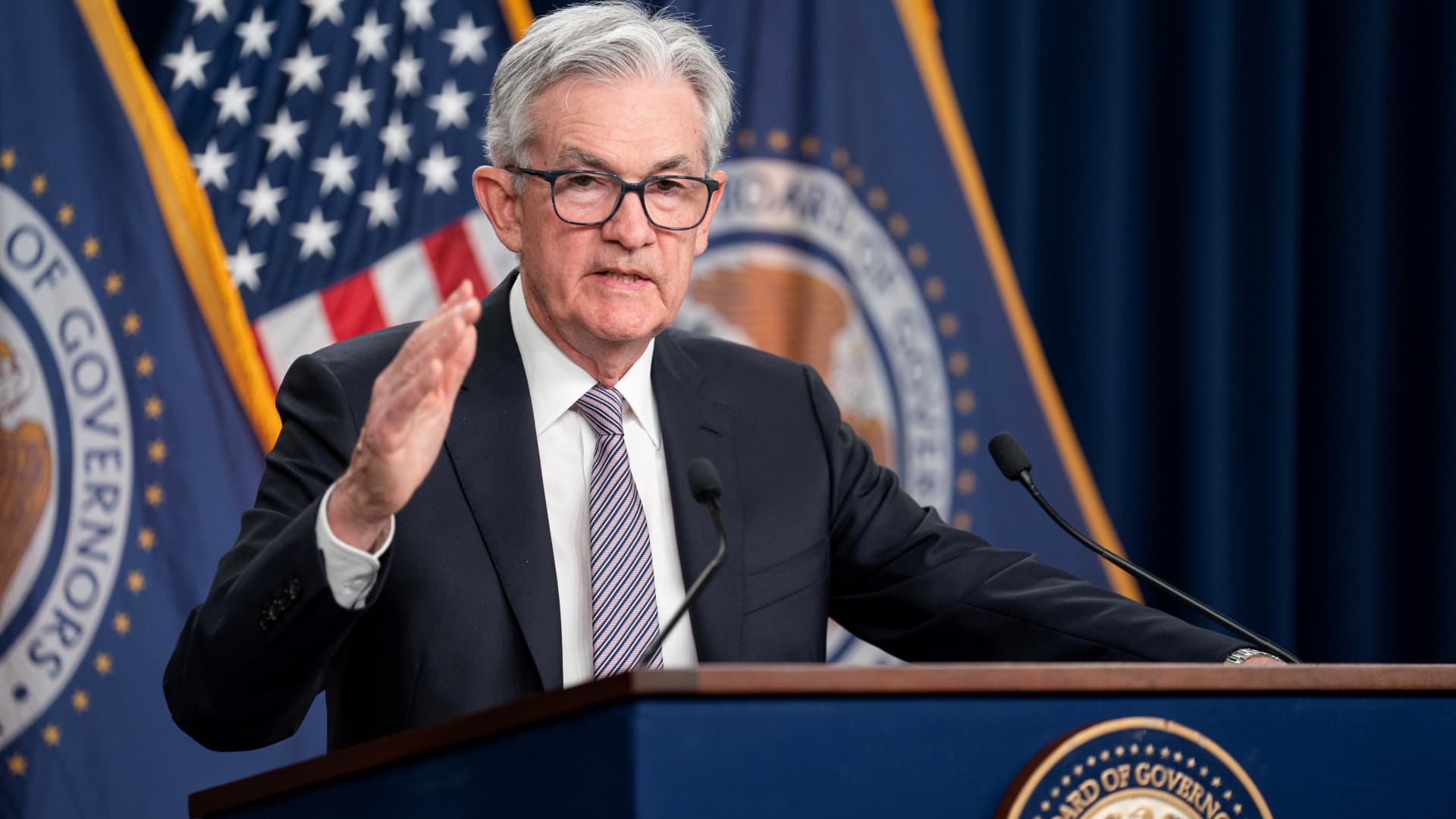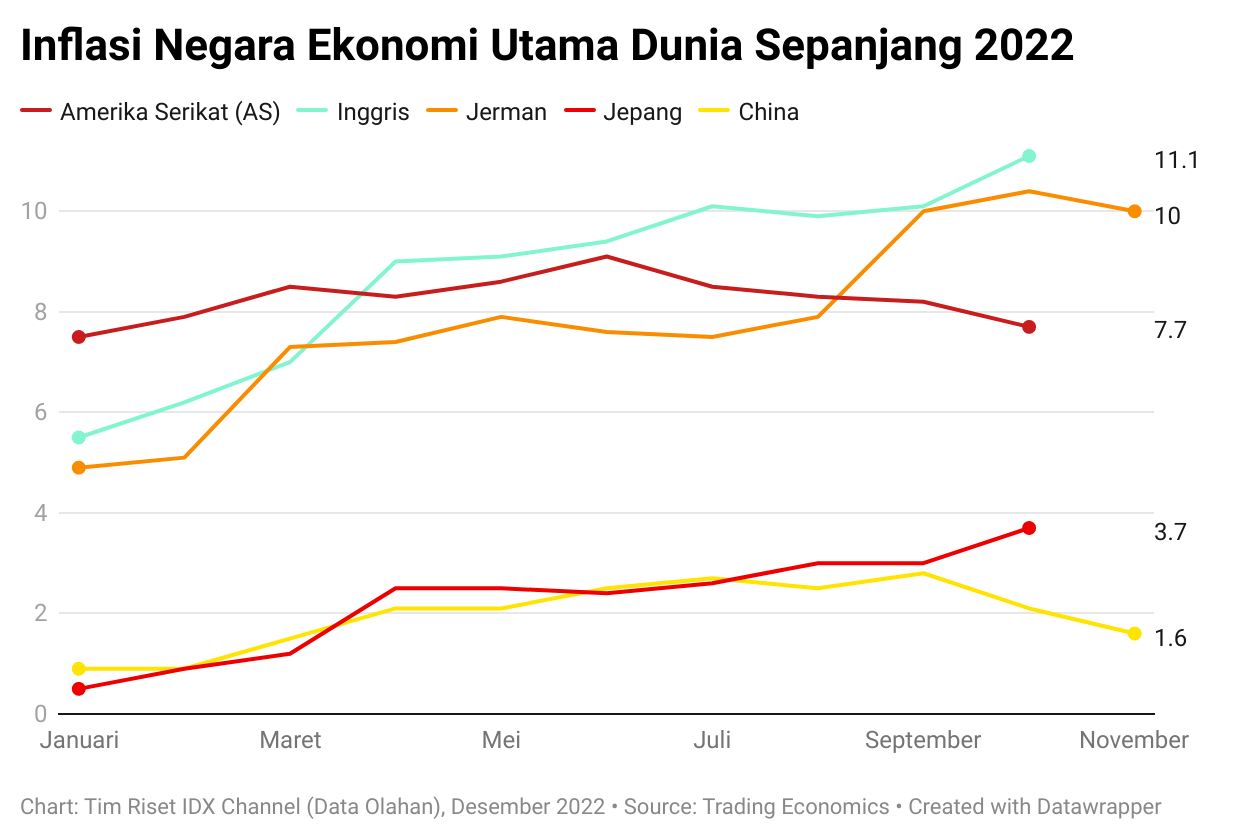The Federal Reserve has recently indicated that it may implement another interest rate increase before the end of 2023, while also suggesting a more cautious approach to rate cuts in 2024. This decision has significant implications for the US economy, financial markets, and consumers. In this article, we will delve into the details of the Federal Reserve's signals and what they mean for the future of interest rates.
Another Rate Hike in 2023?
The Federal Reserve has been closely monitoring the US economy, and its latest projections suggest that another interest rate increase may be on the horizon. This move is aimed at keeping inflation in check and maintaining a healthy labor market. The Fed's decision to raise interest rates is influenced by various factors, including GDP growth, unemployment rates, and inflation levels. With the US economy showing signs of resilience, the Fed may decide to increase interest rates to prevent the economy from overheating.
Fewer Rate Cuts in 2024
In addition to the potential rate hike in 2023, the Federal Reserve has also signaled a more cautious approach to rate cuts in 2024. This means that the Fed may not lower interest rates as aggressively as previously anticipated. The decision to reduce the number of rate cuts is based on the Fed's assessment of the US economy's growth prospects and the need to maintain a stable financial environment. By adopting a more cautious approach, the Fed aims to avoid creating economic imbalances and ensure that the economy continues to grow at a sustainable pace.
Implications for the US Economy and Financial Markets
The Federal Reserve's signals have significant implications for the US economy and financial markets. A potential interest rate increase in 2023 may lead to:
Stronger US Dollar: Higher interest rates can attract foreign investors, causing the US dollar to appreciate.
Higher Borrowing Costs: Increased interest rates can lead to higher borrowing costs for consumers and businesses, which may slow down economic growth.
Stock Market Volatility: Changes in interest rates can impact stock market performance, leading to increased volatility.
On the other hand, a more cautious approach to rate cuts in 2024 may result in:
Slower Economic Growth: Reduced rate cuts may lead to slower economic growth, as lower interest rates can stimulate borrowing and spending.
Stable Financial Markets: A cautious approach to rate cuts can help maintain stability in financial markets, reducing the risk of economic shocks.
The Federal Reserve's signals regarding another interest rate increase in 2023 and fewer rate cuts in 2024 have significant implications for the US economy and financial markets. As the Fed continues to monitor the economy and adjust its monetary policy accordingly, it is essential for consumers, businesses, and investors to stay informed about the latest developments. By understanding the potential impact of interest rate changes, individuals can make informed decisions about their financial plans and investments. Stay tuned for further updates on the Federal Reserve's decisions and their effects on the US economy.
This article is for informational purposes only and should not be considered as investment advice. Interest rates and economic conditions are subject to change, and it is essential to consult with a financial expert before making any investment decisions.










